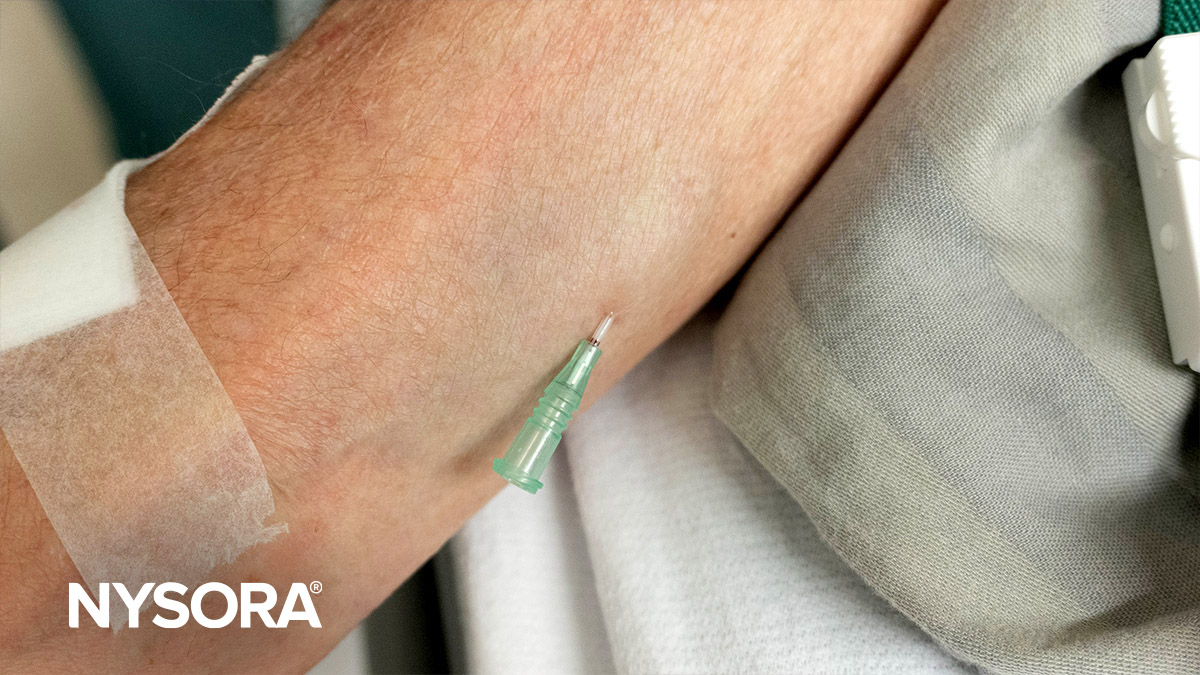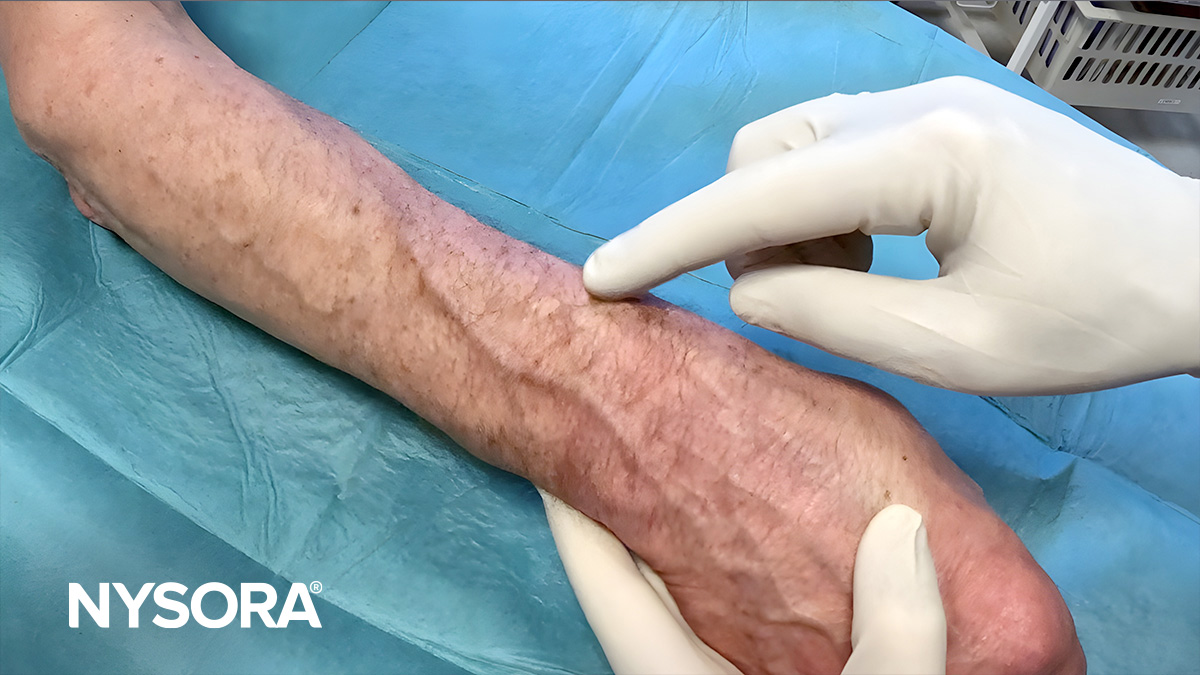When vein cannulation fails, it can frustrate both patients and healthcare providers. Evaluate the cause of the failure. Reassess the chosen vein and consider selecting an alternative site if necessary. Below are some other tips clinicians should consider in case of a failed vein cannulation.
Check needle position
- Problem: If the needle fails to enter the vein, it might be positioned next to or below it, meaning that the needle-catheter system has not been inserted sufficiently deep into the vein. As a result, the catheter is ‘pushed’ against the vein wall instead of into the lumen.
- Intervention:
- Increase the counter traction on the skin.
- Adjust the needle angle.
- Change the insertion site or position of the patient’s arm.
The needle is not inserted deep enough, and the plastic cannula is positioned in the subcutaneous tissue.
Check for vein occlusion
- Problem: Difficulty inserting the needle into the vein might indicate a clotted vein. A tell-tale sign is that the vein entry by the needle is difficult, and the vein tends to roll instead of allowing the needle to enter the lumen.
- Intervention: Use ultrasound to inspect the vein. An occluded vein will resist collapsing when pressure is applied using the ultrasound transducer.
A) A healthy vein collapses when pressure is applied using the ultrasound transducer. B) An occluded, thrombosed vein will resist collapsing.
Start over with vein cannulation
- Problem: Immediate removal of a failed cannula can lead to profuse bleeding.
- Intervention: It is often best to initiate a new attempt at a new insertion site with a new needle while retaining the failed catheter as a venous plug to mitigate bleeding.
Retain the failed catheter as a venous plug to mitigate bleeding.
Consider leaving the tourniquet on
- Problem: Removing the tourniquet immediately after a failed attempt will undo the effort required to distend the patient’s peripheral veins.
- Solution: Leave the failed catheter without the needle in sight and consider keeping the tourniquet in place for another attempt. This can minimize the risk of bleeding and hematoma and save time until the next attempt is successful. Remove the failed catheter after IV access is successfully established.
VIDEO: https://youtu.be/E8fjn2NME8c











